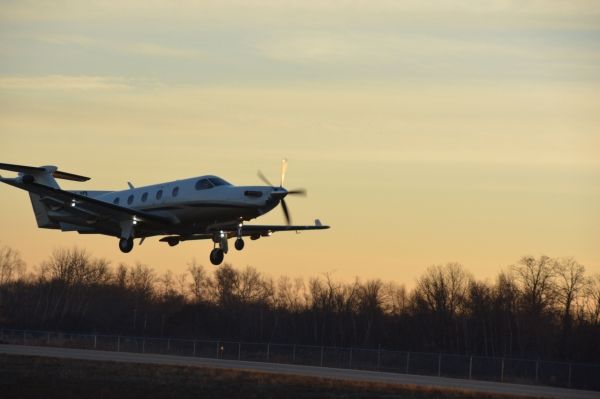Each fall in the Northeast, sea turtle conservation gains a unique partner: the general aviation community. Private pilots volunteer to help transport sick turtles from the Northeast to rehabilitation hospitals along the Atlantic and Gulf coasts. Endangered sea turtles use Northeast coastal waters during the summer. As water temperatures drop in the fall, they must migrate south into warmer waters. Otherwise they risk becoming “cold-stunned,” a condition similar to hypothermia in people. Cold-stunned sea turtles strand on frigid beaches in the Northeast and will die if not rescued and brought to a rehabilitation facility. There, they will receive medical care over a period of weeks or even months with the ultimate goal of release back into the wild.
There are an average of 750 cold-stunned sea turtles found in the Northeast (New York through Maine) every year between November and January. This large number quickly overwhelms local rehabilitation facilities, and turtles must be transported to other facilities to continue their care. NOAA Fisheries identifies permitted rehabilitation facilities that can care for these turtles and coordinates their transport to these hospitals.
Transports can be stressful for turtles, especially those in poor health. Anything we can do to minimize transport time reduces that stress and increases the chances of successful rehabilitation. Transports can take multiple hours, depending on the destination. Traveling to southern Florida could take 24 hours by ground! That can take a toll on a sick sea turtle, so flying is preferred.
Continue reading at NOAA Fisheries.
Image via NOAA Fisheries.


